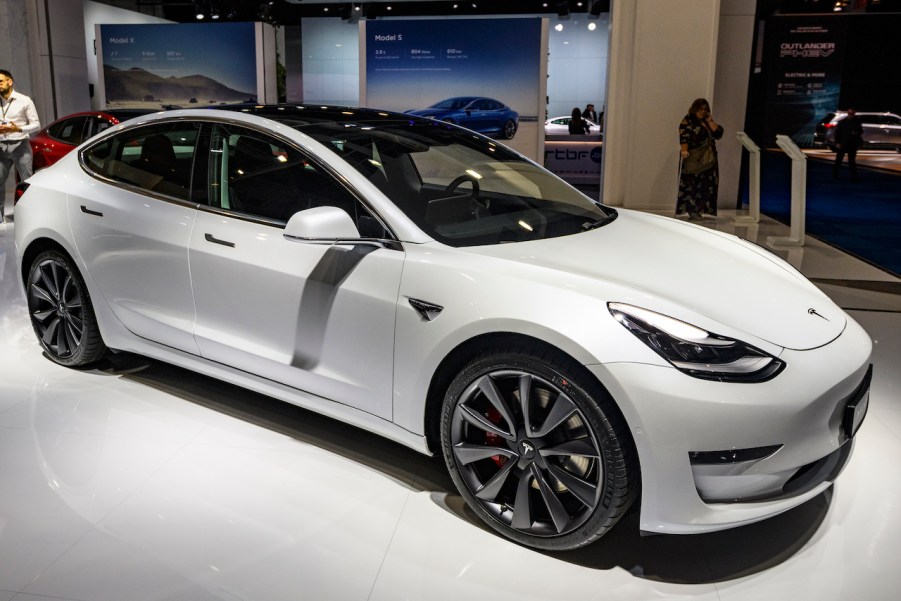
Car and Driver’s Tesla Model 3 Proves EV Batteries Aren’t Meant to Last Forever
There’s no beating around the bush here. Electric car (EV) batteries aren’t designed to last forever. In the same way that your cellphone’s battery degrades over time, you can expect an EV’s battery to lose its ability to store power over time too. That has certainly been the case with Car and Driver’s Tesla Model 3, which Car and Driver reports has lost 7% of its total battery capacity over 24,000-miles.

Car and Driver’s Tesla Model 3 has lost 7% of its total battery capacity so far
So far, Car and Driver says that it has put 24,000-miles on its Tesla Model 3. Because of this, they decided to test how the vehicle’s battery is holding up. Fortunately, they were diligent enough to track their battery usage using TeslaFi software, which helps Tesla owners track how often they’re charging their car while also giving them an understanding of how efficient the car actually is. So what did TeslaFi’s software have to say about Car and Driver’s Tesla Model 3?
According to Car and Driver, TeslaFi’s battery-tracking tool showed that the car’s battery is at 93% of its original 75.0-kWh capacity. Overall, that means after 24,000-miles Car and Driver’s Tesla Model 3 has experienced a loss of about 22-miles of rated range when compared to the Model 3’s original EPA-estimated range of 310-miles.
Is something wrong with Car and Driver’s Tesla Model 3?
Not necessarily. According to TeslaFi’s data, Car and Driver says when compared to 158 other Model 3s with similar mileage numbers, its Tesla is doing worse than 123 of them. But, it’s also doing better than 35 of them, so it’s not all bad. Car and Driver does point out that Tesla’s Superchargers could explain why the car’s battery is losing capacity too.
“We’re not too surprised that we’re doing worse than average, as fast charging at Tesla’s Superchargers is not great for maximizing the battery’s life, and we’ve gotten fully a third of the energy our car has used that way,” Car and Driver explained.
How long are Tesla batteries supposed to last?
According to Solar Reviews, Tesla car batteries are designed to last approximately 300,000 to 500,000 miles. Not too long ago, though, Elon Musk said Tesla would soon be able to power its vehicles using a battery designed to last for more than 1 million miles. Pretty impressive, right?
The good news is that Teslas come standard with a warranty
All in all, Car and Driver reports that its Model 3’s battery shows a drop of approximately 2.9% in capacity every 10,000-miles. At that rate, Car and Driver reports that their Tesla Model 3’s battery will reach approximately 65% capacity around 120,000-miles, which qualifies it for replacement under Tesla’s standard warranty.
Currently, standard warranty coverage for all Standard and Standard Range Plus versions of the Model 3 includes coverage for eight years or 100,000-miles, whichever comes first. If the battery shows less than 70% retention of capacity during the warranty period, Tesla will replace it. For Car and Driver, that’s pretty good news.



